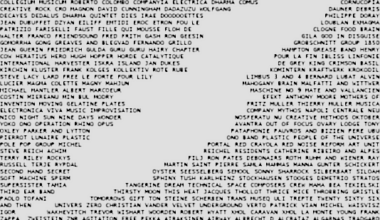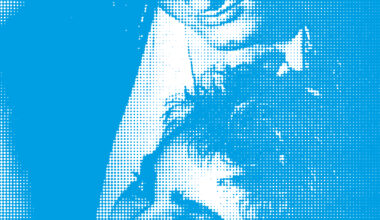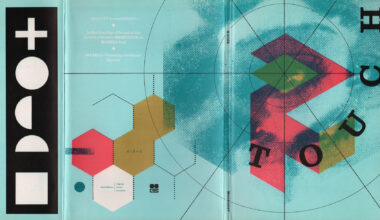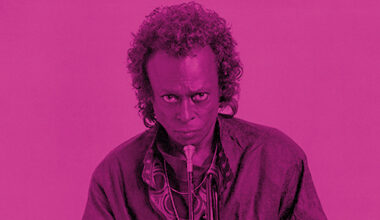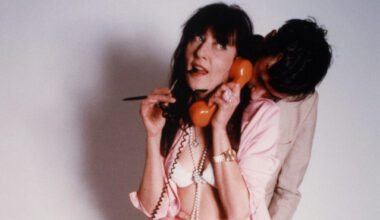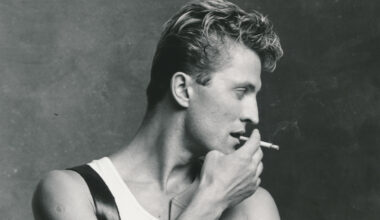Ben Kelly, the designer of The Haçienda, talks us through the club’s iconic design aesthetic
Want to read more?
Sign up to Electronic Sound Premium to gain access to every post, video, special offers, and more. 100%, all you can eat, no commitment, cancel any time.
Already a premium member? Log in here
